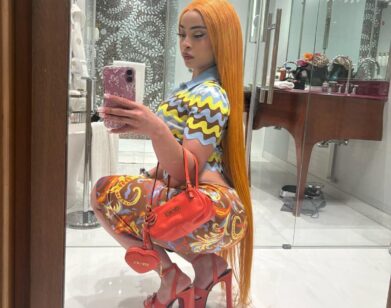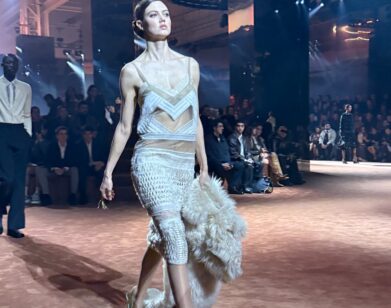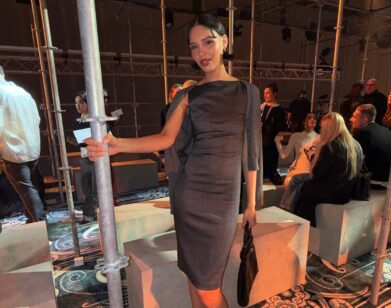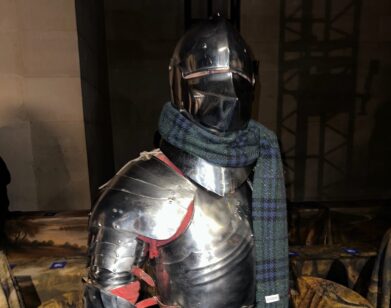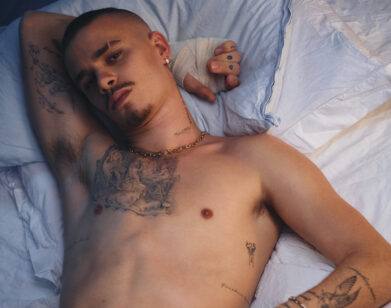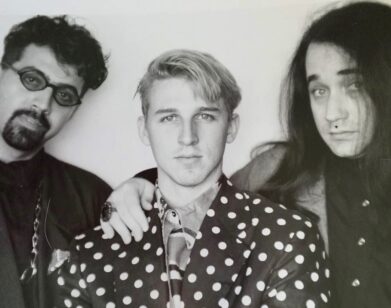Minnie Mortimer, Nine to Five
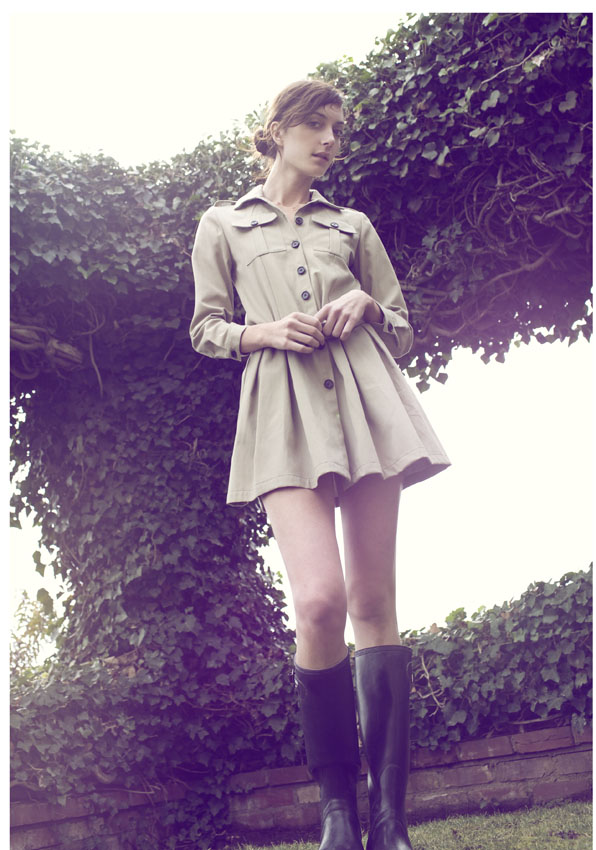
Uptown girl-turned-Los Angeleno Minnie Mortimer makes clothes that transcend location: lineage and zip code influenced but never dictated her approach to fashion. Instead of baiting the Ladies who Lunch, her brand-new eponymous clothing line celebrates a more pragmatic, less provincial heroine: the Working Girl. If you idolize the effortless panache of Girl Fridays of Hollywood’s past (Network‘s Diana Christensen, Mad Men‘s Joan Holloway, or any of the Hitchcock Blondes) then Minnie’s debut collection is your uniform. Mortimer says everything makes is based on her own closet’s immediate demands: she senses a void, fills it, and then makes it available to those who seek it. Fortunately her priorities are synchronized with values shared by all professional women: quality, ease, versatility. And the prices? They are the most pleasant surprise—all items cost between $128 and $385—less than a dinner for four at any hotspot, uptown or downtown.
When I previewed Minnie’s debut collection for Spring at the Cooper Hotel, certain timeless looks immediately stood out: a striped shift that would look great on Francoise Hardy, past or present and tailored gingham separates that Marc Jacobs might have incorporated into his own Spring line. Mainly, it was all about a fabulous shirtdress: it is the collection’s centerpiece, daywear that balances the femininity of Minnie’s Sixties idols with contemporary menswear detailing. As it turns out, it’s Mortimer’s favorite, too, she told me as she explained how a stubborn French tailor and a strict prep-school dress code drove her to open her own line.
COLLEEN NIKA: What is the story of the tailor who “inspired” you to start your own line?
MINNIE MORTIMER: I would go with my husband to the tailors where he gets his shirts made, and I would watch the bespoke process. I would ask them, “Would you be able to make that for me?” And they would always say, “Well, yes, but no.” They were very French about it. I decided I would just do it for myself. And I started doing that. Then other people would notice, and want it. So I started doing things for friends, little pieces, and it grew that way.
CN: Is it fair to say your personal style and the look of the line are one in the same?
MM: Oh, yes! It is me. It’s all based on what I would wear, what I love to wear… It’s very selfish! The first thing I ask myself is, “Is this something I would want for myself?” If so, I make it.
CN: Have you always designed your own clothing?
MM: No, I never designed before. I wasn’t formally trained in design, I went to photography school at the ICP. But over time, I taught myself to draw, and I studied different techniques, various hemlines, and then I would take the ideas to a manufacturer and a patternmaker and have them produced into garments.
CN: And then it began to default into a formal line…
MM: Yeah, but it was too late for a regular Spring 2009 launch. But I’ve gotten my clothing into 25 stores across the US already, which is good. Mostly LA-based boutiques, because I live in LA now. But I’m from New York!
CN: Is this a “New York” line?
MM: [My upringing] did influence me to a certain extent. I grew up going to private school, and we’d have these really cute uniforms, but you’d only have so much sway over how you could “customize” them. I would line my blazers, I would dart my skirts, I’d change the buttons, I would do anything I could to make them unique. And when I started designing, I found myself referencing those roots. I love a sort of preppy, gender-bender vibe. I wanted to incorporate the feel of menswear into the looks. That definitely comes from my private school days.
CN: Is the line being sold here?
MM: Not yet! I’d love to have it in Bergdorf’s and Bendel’s, of course, but right now, the collection is way too small for that! It wouldn’t feel right to be in those stores right now. I like being in little boutiques at the moment—it works. And most of those boutiques, like Heist, are in LA.
CN: Has your photography background influenced your design approach?
MM: Definitely. More so than other designers, actually. Photography really is all about lines, and so is clothing. I worked for Oberto Gili for a couple of years after I was at ICP; we worked in fashion, travel, interior design, everything. I was inspired by his styling choices within fashion photography, and I think those experiences helped steer me towards fashion design. I love photography as a medium, so I think I will always take inspiration from it. And from film.
CN: Or do you foresee yourself making major transitions from collection to collection?
MM: I’m not sure quite yet. I do know that I like what I am doing now. My focus right now is making the best daywear possible. When it feels right to expand into other areas, I will. We’re going to incorporate some accessories soon—scarves, things like that. I definitely want to continue to make high quality basics that you can wear from day to night. And surprisingly, there aren’t that many people doing that right now, so I think there is a demand.

